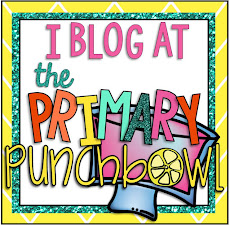- 25 pencils
- 15 boxes of crayons (8 crayons per box)
- 1 package of sentence strips
- 1 box of chalk
- Sight Word BINGO
- See and Spell word
- Cheer and Chant
- Blast Off
- the
- like
- got
- of
- from
- Huck Runs Amuck (Monday-Tuesday)
- The Relatives Came (Wednesday-Thursday-Friday)
- CVC words
- Word families
- 8:30 am: Arrival/Breakfast/Attendance
- 9:00 am: Morning Meeting
- Greeting
- Question of the Day
- Poem of the Week
- Skills practice (i.e. short vowels, blends, magic e, etc...)
- 9:30 am: Read-aloud
- 10:00 am: Literacy Centers
- Roll-Write-Stamp-Build
- Computers -- Lexia
- Fluency Practice
- Teacher Group
- Sight Word games with my Paraprofessional
- 11:00 am: Writing Activity
- Usually a quick-write followed by skills practice
- 11:30 am: Share-Out
- 11:45 am: Sight Word Song or Game
- 12:00 pm: Lunch
- 12:30 pm: Dismissal
Being that only 15 students attended on our busiest day, no group was larger than 3 students at any time and on many days, students were able to work independently. On these days, I was at first concerned that the kiddos would get distracted wanting to work with a friend, but each student really took ownership of their work and ended up being incredibly focused! I was so surprised! This also allowed me plenty of time to get through assessing each student when the program began to wrap up.
When all was said and done, of the students who consistently attended the program, 4 students improved their DRA2 score of at least 1 level.
When all was said and done, of the students who consistently attended the program, 4 students improved their DRA2 score of at least 1 level.















No comments